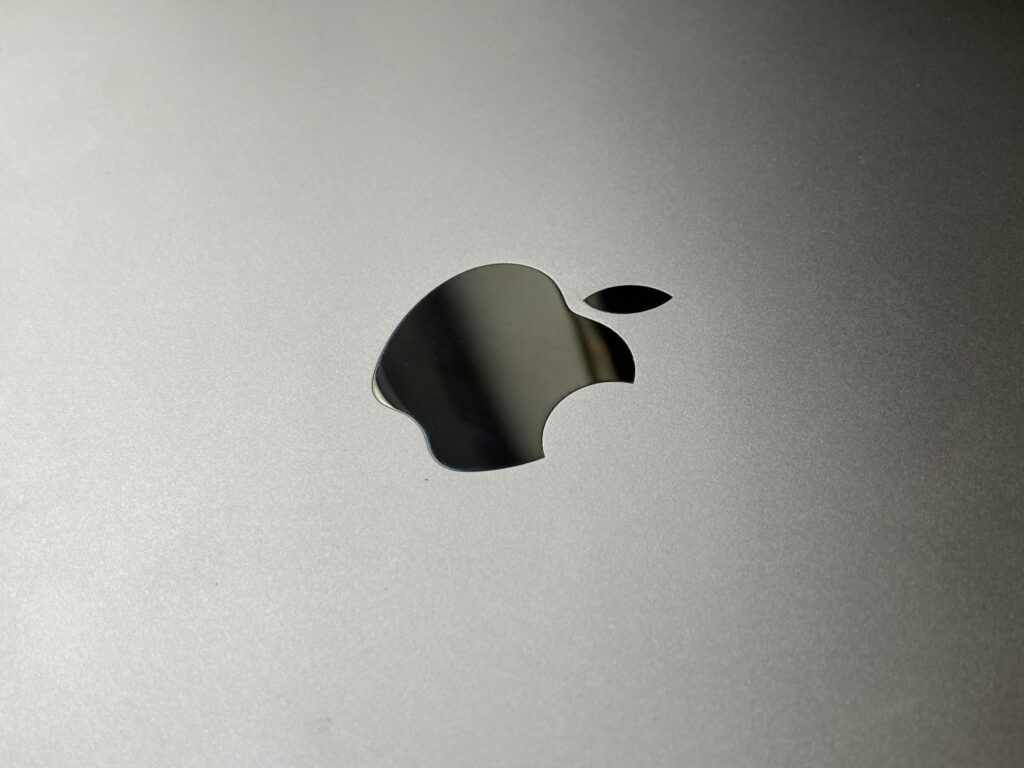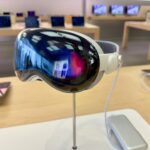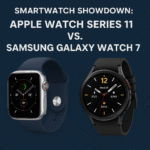
As we cross the halfway mark of 2025, the race to dominate the extended reality (XR) landscape is intensifying—and it’s Meta versus Apple at the helm. With both tech giants betting on radically different approaches, their strategies are shaping not just the future of virtual and augmented reality, but possibly the next generation of computing itself.
🔍 XR Defined: The Blurring Line Between AR, VR & MR
XR, or Extended Reality, is the umbrella term for Virtual Reality (VR), Augmented Reality (AR), and Mixed Reality (MR). In simple terms, it’s about merging the digital and physical worlds through wearable tech—like headsets and smart glasses. And in 2025, this space is no longer experimental—it’s real, competitive, and growing fast.
🥽 Meta’s Vision: Accessibility, Gaming & Social Immersion
Meta, the company behind the Quest line of headsets, is targeting mass adoption.
Meta Quest 3, priced around $499, continues the company’s strategy of making XR accessible to a wide audience. Some standout features include:
- Snapdragon XR2 Gen 2 chip: Powerful yet cost-effective
- Mixed Reality passthrough: Improved color and depth accuracy over Quest 2
- Controller-based navigation: Ideal for gaming and fitness apps
- Comfort-focused build: Lighter than previous models, with better wearability for long sessions
Meta’s focus is clear—social VR, gaming, fitness, and the metaverse. Its Reality Labs division is positioning XR as a daily-use platform, not just a niche accessory.
In June 2025, Meta rolled out its v77 update, introducing:
- AI-powered spatial photos
- Deep Instagram integration in VR
- “Navigator” dashboard to personalize the user journey
According to Meta CTO Andrew Bosworth, 2025 is a “pivotal year” for XR, especially as Ray-Ban Meta smart glasses surpassed 2 million units sold, highlighting the growing appeal of lightweight, ambient AR.
🍏 Apple’s Approach: Precision, Premium, Productivity
Apple, on the other hand, is playing the long game with Vision Pro, priced at $3,499. Unlike Meta’s gaming-first approach, Apple positions Vision Pro as a productivity and media powerhouse with seamless integration across its ecosystem.
Key Vision Pro features include:
- Dual-chip architecture: M2 for computing, R1 for sensor input
- Micro-OLED displays: ~4K resolution per eye
- Interaction: Hand gestures, eye-tracking, and voice—no controllers
- Design: External battery pack allows for a lightweight headset
At WWDC 2025 (June 9–13), Apple announced major updates to visionOS 26, including:
- Native support for Xbox/PlayStation controllers
- A dedicated Games app on Vision Pro
- Deeper integration of spatial interfaces across iOS 26 and macOS
The takeaway? Apple is treating XR as an extension of its ecosystem-first philosophy, not a standalone device category.
🔄 A Battle of Ecosystems: Openness vs. Integration
What makes the Meta vs. Apple rivalry so interesting isn’t just the hardware—it’s the ecosystem war beneath it.
🧠 Meta’s Horizon OS:
- Opening up to OEMs like Lenovo and Asus
- Aiming to become the Android of XR
- Developers benefit from flexibility and an open app environment
- Focus on Horizon Worlds as the social layer of the metaverse
🧩 Apple’s visionOS:
- Tightly integrated with existing iOS/iPadOS/macOS apps
- Developers can port apps easily, leveraging the premium Apple user base
- Closed, but highly curated and performance-optimized
- Vision Pro is designed to be a natural extension of your Apple life
In essence, Meta wants to scale horizontally, while Apple is going deep vertically.
📊 Market Trends: Who’s Winning (So Far)?
While it’s still early days for Apple’s Vision Pro, market analysts forecast the global XR market to exceed $100 billion in 2025, with enterprise adoption and developer interest steadily rising.
Some emerging data:
- Meta remains the leader in volume—especially in gaming and fitness
- Apple leads in revenue per user, driven by its premium price and high-spending customer base
- Enterprises are showing growing interest in Vision Pro for design, collaboration, and remote work—particularly in architecture, medicine, and finance
💡 The Future of Spatial Computing: Not Just a Gadget War
This isn’t just about headsets. It’s about shaping a new paradigm—spatial computing—where digital content is no longer bound by screens, but becomes an ambient, ever-present layer of interaction.
From AR glasses to immersive productivity apps and spatial media, both companies are betting on a future where XR is as mainstream as smartphones. The approaches differ—but the stakes are enormous.
🔗 Sources & References
To ensure factual accuracy and transparency, this article draws upon:
- Meta Quest v77 Update – Meta Newsroom
- WWDC 2025 Developer Announcements – Apple Newsroom
- The Verge – Vision Pro Hands-on Review
- TechCrunch – Meta vs Apple XR Commentary
- IDC XR Market Projections
- Tom’s Guide – Quest 3 Review
- Gadgets 360 – Meta Smart Glasses Data
- XR Today – Spatial Computing Industry Insights
- Brilworks – Horizon OS Developer Shift
- Mashable – visionOS App Ecosystem
✍️ About the Author
Pulsewire Editorial Team specializes in emerging technologies, XR innovation, and consumer tech ecosystems. Our focus is on analyzing the future of computing and helping readers navigate complex trends like spatial computing, AI, and immersive tech.









